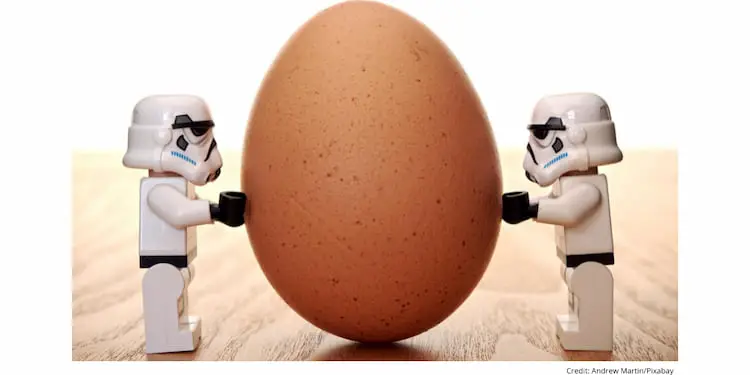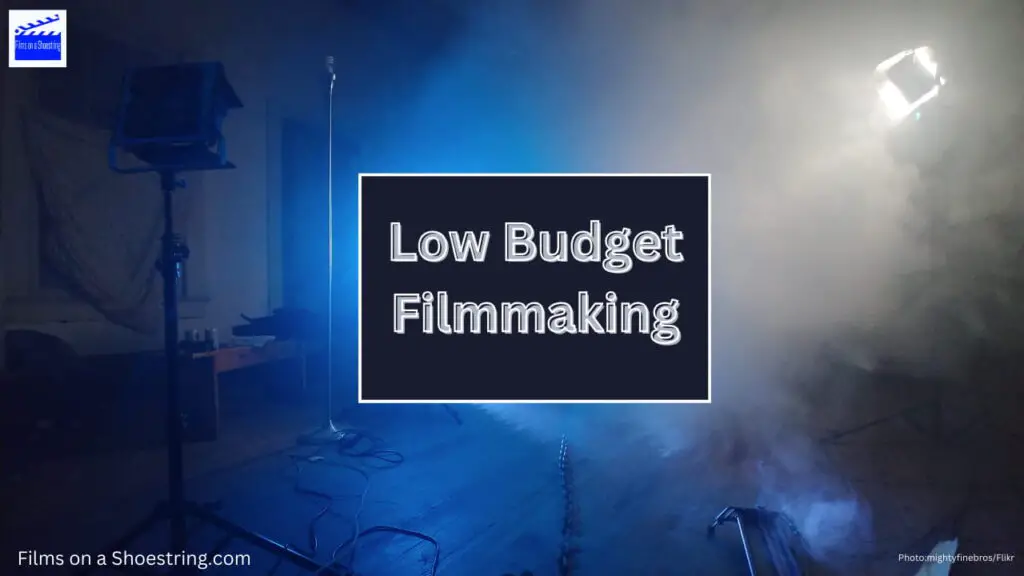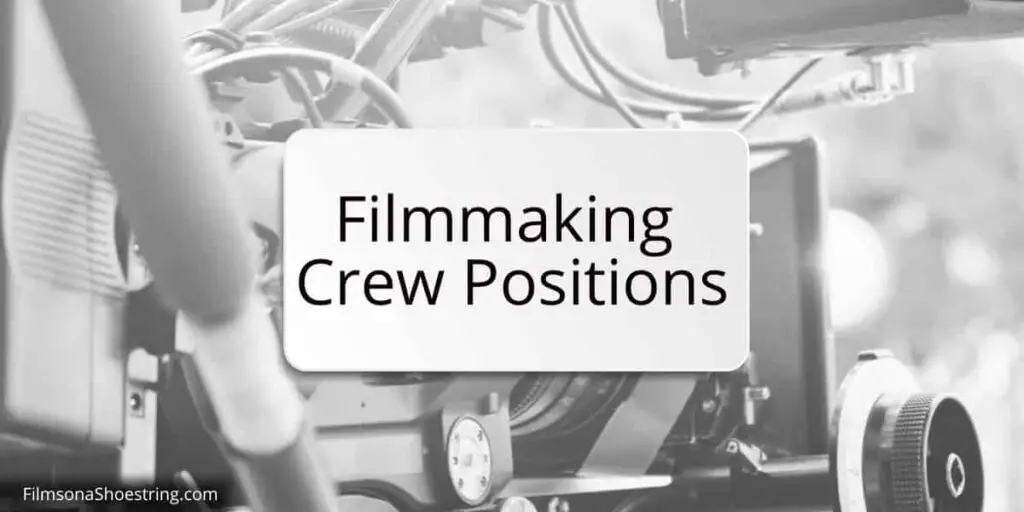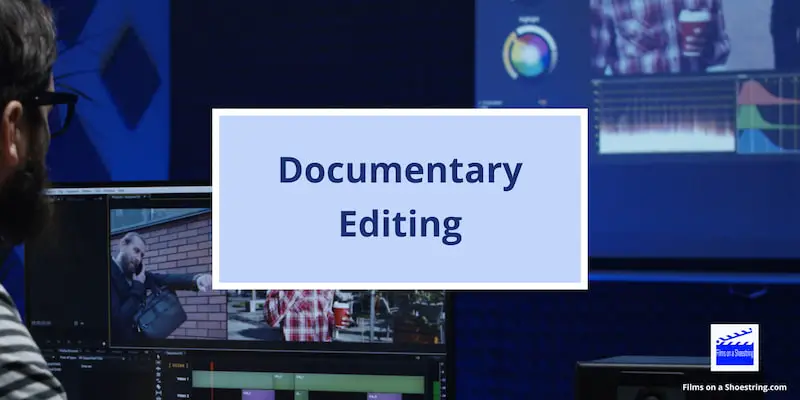Colour temperature and white balance in film affects how your scenes look and therefore your audience’s emotional reaction to what they see on screen. Your choice of white balance on your camera or surrounding lights can have a dramatic impact on whether your scene works or not.
What is film white balance?
In film, white balance tells the camera which objects are to be seen as white on screen, with reference to the key light source. The white balance setting affects the colour temperature of each shot, making them more orange or blue, which affects the film’s atmosphere.
Credit: Maker School on YouTube – Color temperature & White balance: everything you need to know
You can identify the colour temperature of every light source. They are measured in Kelvins.
Once the camera setting for white balance is chosen, any shade below that setting is warm. Any shade above it is cool.
The lower the Kelvin temperature, the warmer the ambient light in the shot, with oranges and yellows.
The higher the Kelvin temperature, the cooler the colour temperature, with whites and blues dominating.
It’s not an intuitive concept, and most new filmmakers are surprised it isn’t the other way round.
Unlike human eyes, which sometimes can’t see white light sources, such as in candle flames, the camera’s white balance can be set to any colour temperature within its settings.
Who uses Kelvin?
British physicist William Thompson invented the Kelvin Scale in 1848. Each kelvin is equal to 1 degree on the Celsius scale, starting at 0 Kelvins when the temperature at which the volume of a gas (its heat energy) becomes absolute zero. Today the Kelvin scale is used by physicists, filmmakers, photographers and lighting designers.
The Kelvins are normally recorded as K.
Why is white balance in Kelvin?
The Kelvin scale measures the colour impression of the thermal light which emits from a blackbody radiator at different temperatures, to be compared against other light sources. The scale goes through red, orange, yellow, white, and blue. This allows precise colour temperature measurement and white balancing for filmmaking and photography.
How do you select the white balance in film?
Finding the Kelvin temperature of each key light source is just part of the puzzle. It’s not just a case of looking for an auto white balance button. You must also be clear what you want to achieve with the atmosphere in the shot.
Warm and cozy for interview lighting or a happy family scene, or cool and sinister to emphasise physical or emotional issues in a thriller? Focusing on a white light in the room may turn the daylight from the window blue, which is great for horror filmmaking but breaks the spell of a scene set in reality.
So you can see how the perfect white balance is a mix of science and creativity.
Lighting Condition Examples
Warm white is at the lower end of the Kelvin scale, with orange to yellow white shades.
If your light source reference is from candles, which is about 1900K, a white balance setting well above 1900K makes the ambient light a warm orange temperature. But of you set the camera’s white balance to the candle’s 1900 Kelvins, then it appears to be white.
Domestic lamps, at about 3000K, are an example of a Tungsten light that creates a warmer Kelvin temperature because of the heat they emit. Setting the white colour balance above this level creates a yellow temperature, but a setting of 3000k would create a white light.
Light bulbs of 4500k upwards mimic daylight, emiting a blue-white light.
A tubular fluorescent light is about 5000 Kelvins. Fluorescent lighting is a great addition to any thriller or sinister scene, both for the sharpness of the light and its low heat colour temperature.
Daylight at midday on a clear day is about 5600 Kelvins, and the colour temperature on film appears white at that setting.
The white balance to use in snow requires experimentation because the environment, conditions and mixed lighting affects the light source. Start at 8000 Kelvins and look at the colour temperature, adjusting up and down as needed. The colour temperature will be in the blue range.
If you’re filming under a cloudy sky, the white balance could be up to 10000 Kelvins, but may vary through the shoot.
Daylight
As you can see in the examples above, the colour temperatures of the sky varies according to the time of day and the weather conditions.
It’s something you have to consider when preparing for a shoot, because the atmosphere of your shot can feel wrong if you get the white balance setting wrong.
Custom White Balance
Most filmmaking white balancing happens using the camera settings. But you do have other ways to control the colour temperature.
Some Led lights offer a colour temperature setting. In the video above, we see this in action with a Lightstorm 300x.
Even if your light source doesn’t offer these settings, you can use colour filters and lighting gels to change the colour of the fixed light source.
The gel known as colour temperature blue, or CTB, creates a cooler shade which appears closer to white light, which is also helpful when the lights get hot. CTB gels are useful for creating a daylight tint for artificial light sources.
In contrast, a CTO lighting gel, which stands for Colour Temperature Orange, brings warm tones into the colour of light.
These colour correction gels are subtle, yet powerful tools.
What is a white balance card?
In photography, you can select the correct white balance setting using a white balance card, or more commonly using a grey card. In filmmaking white balancing reference points are chosen from light sources in the shot, such as candles, lights, windows or sky, rather than a white card.
What happens if you don’t white balance?
In an age of smartphone filmmaking white balancing is often left to an auto white balance setting. But if you’re ambitious about creating professional looking film, then colour temperature is a subtle part of the storytelling process. Plus, if you get in wrong, audiences feel unsettled by what the colour temperatures or unrealistic light sources hint at.
So experimenting with colour temperature and white balance in film is an important process in learning how to be a great filmmaker.






